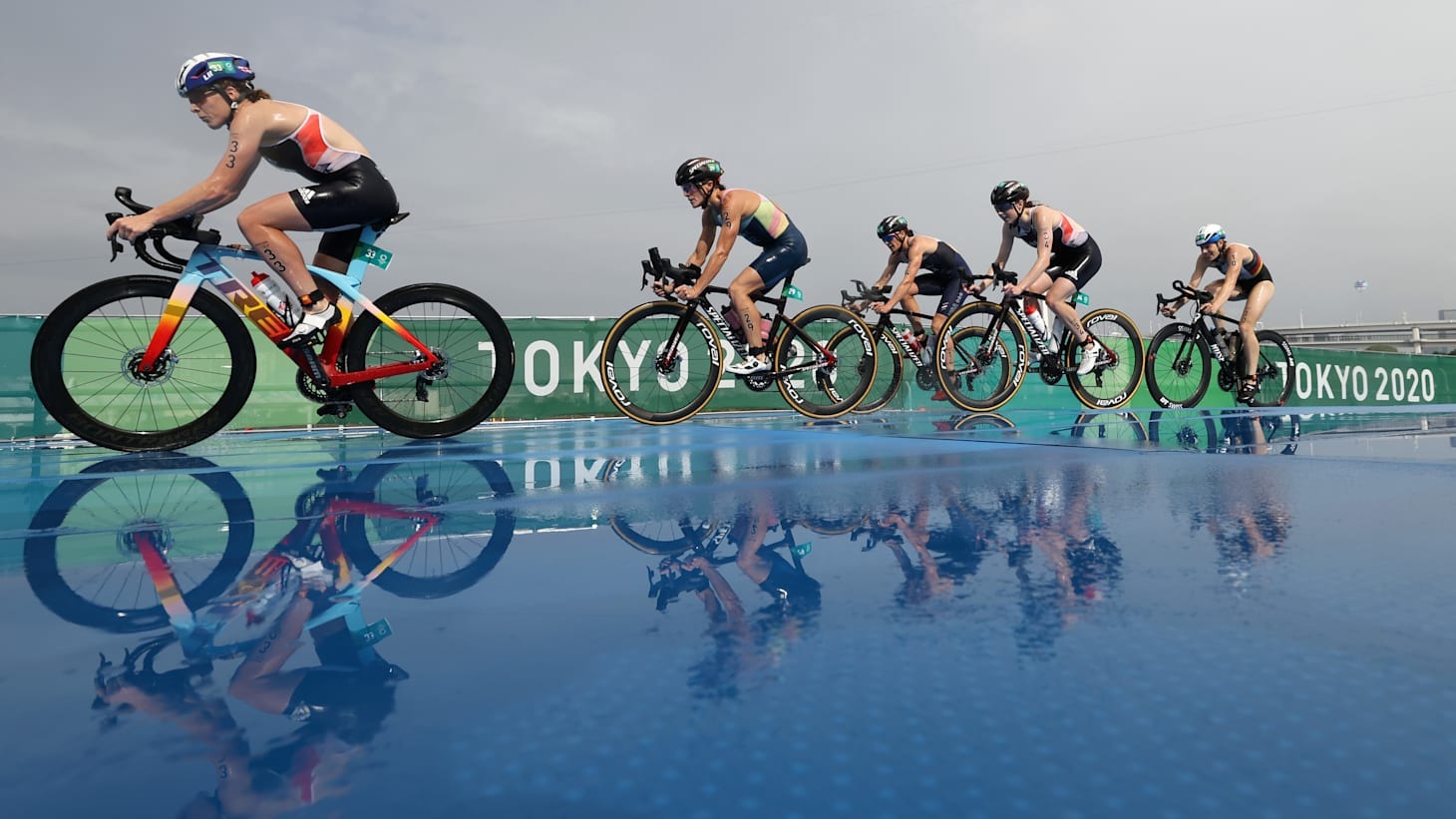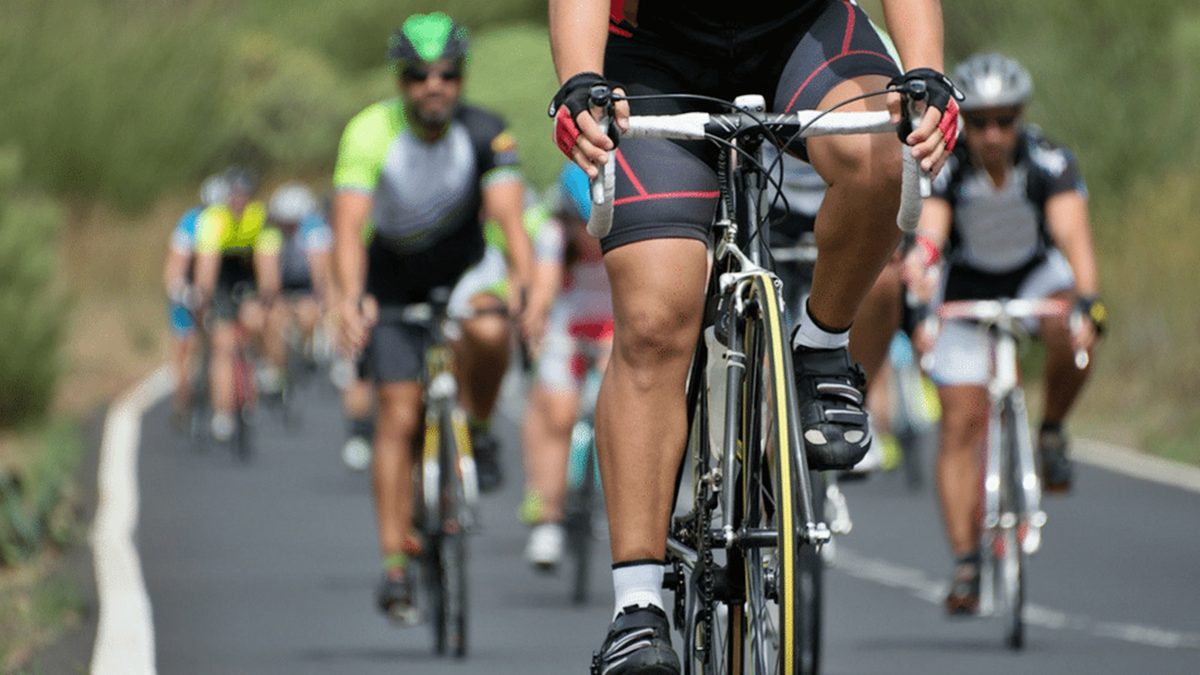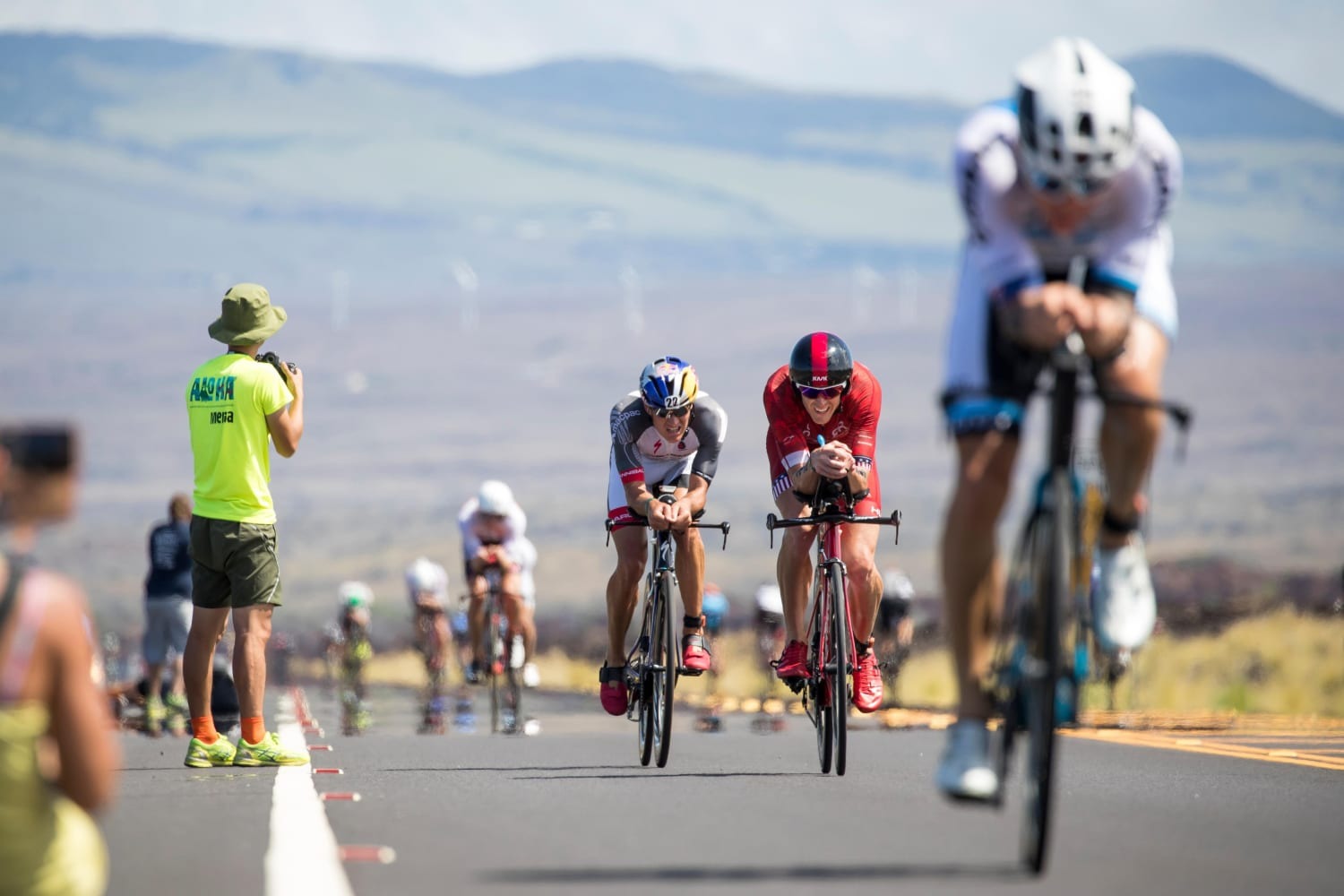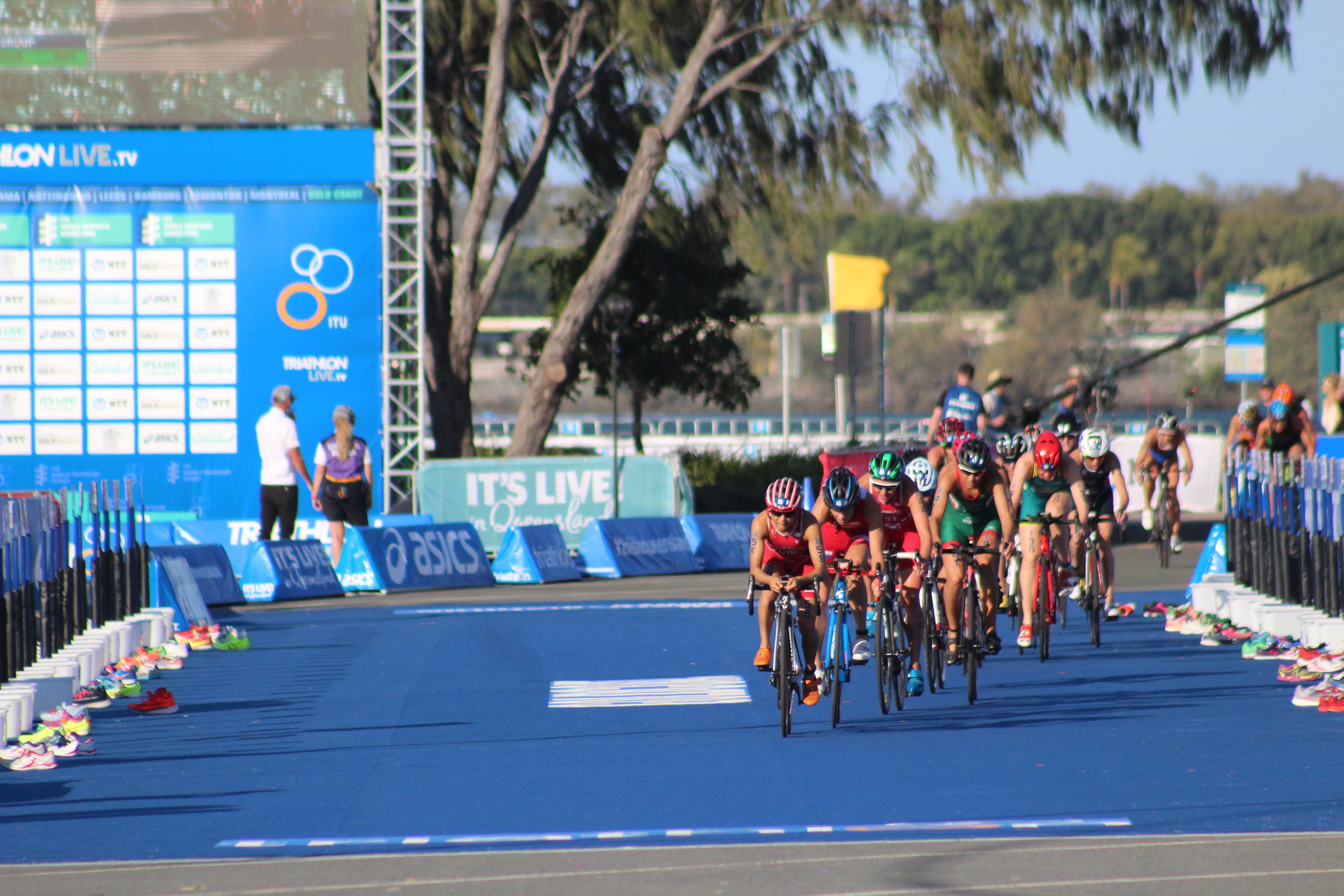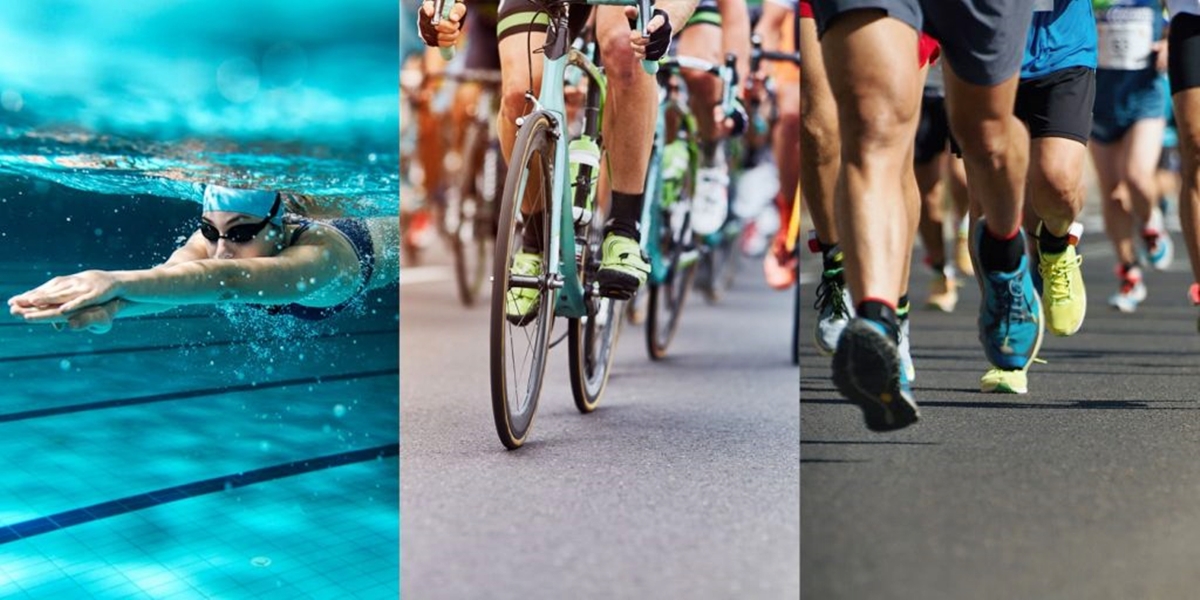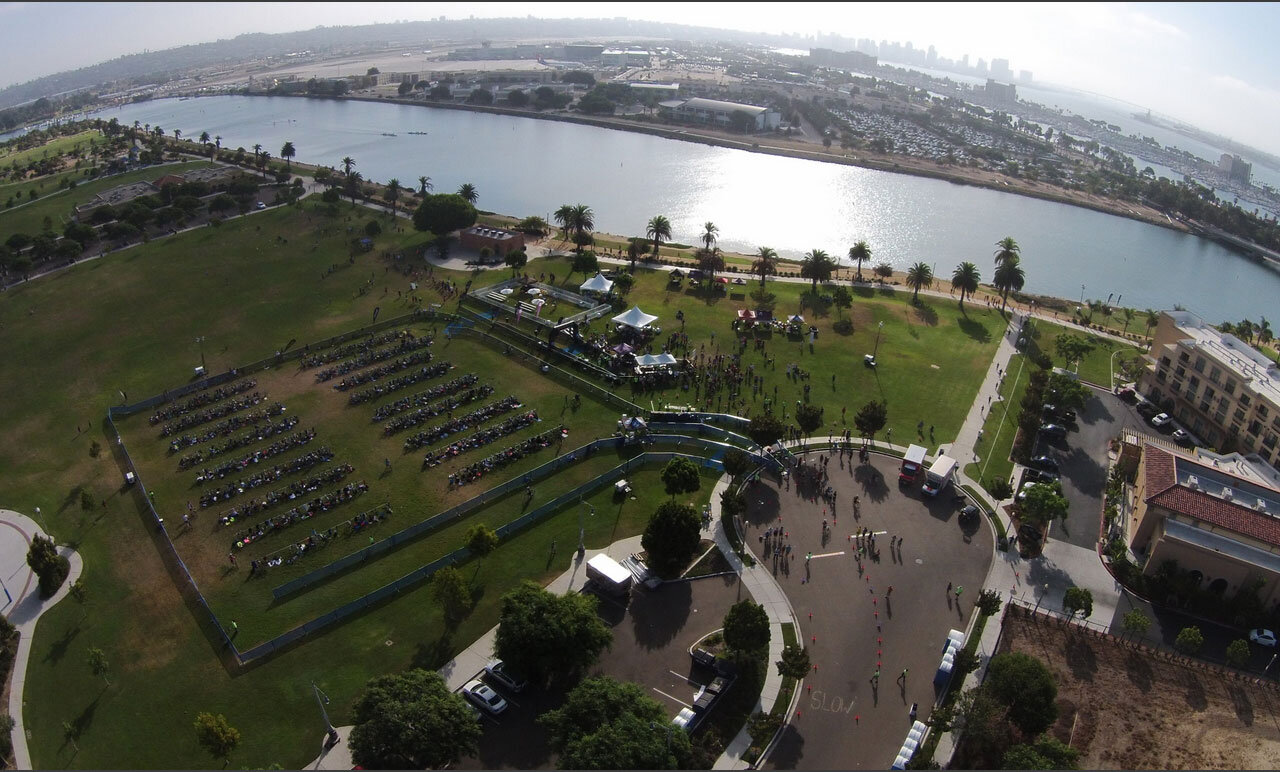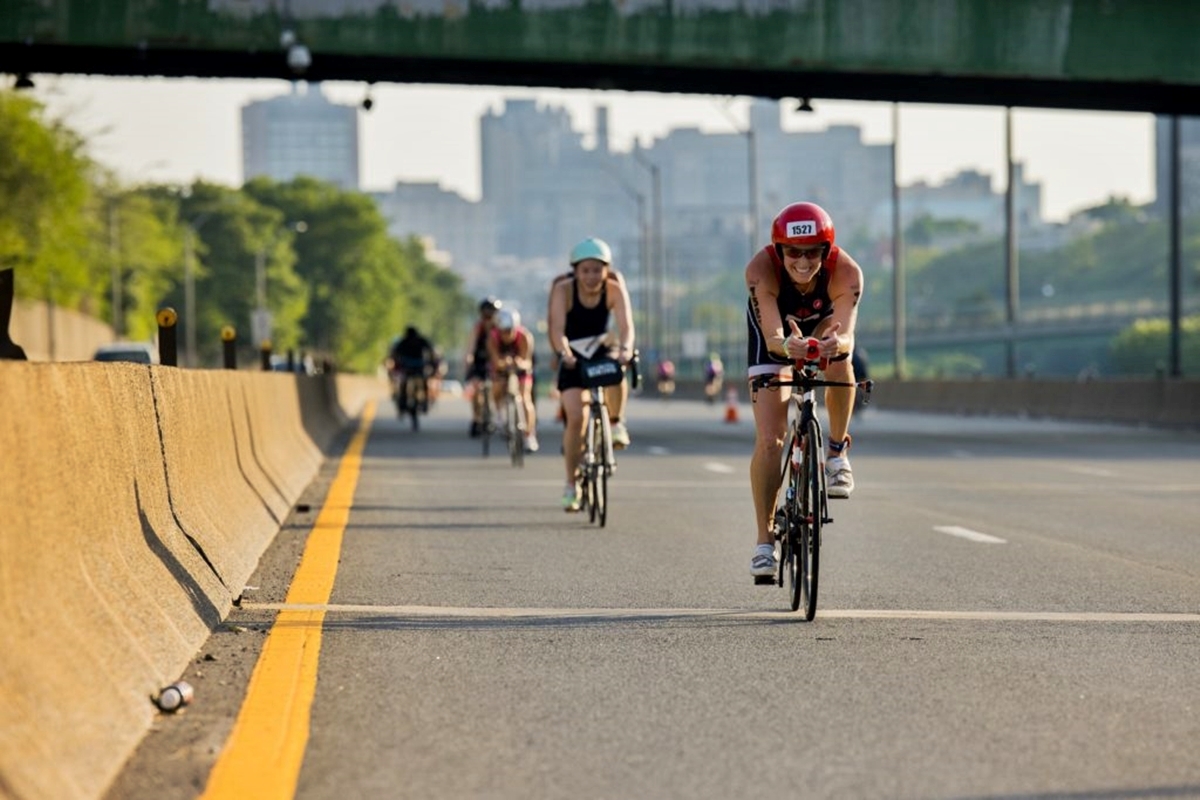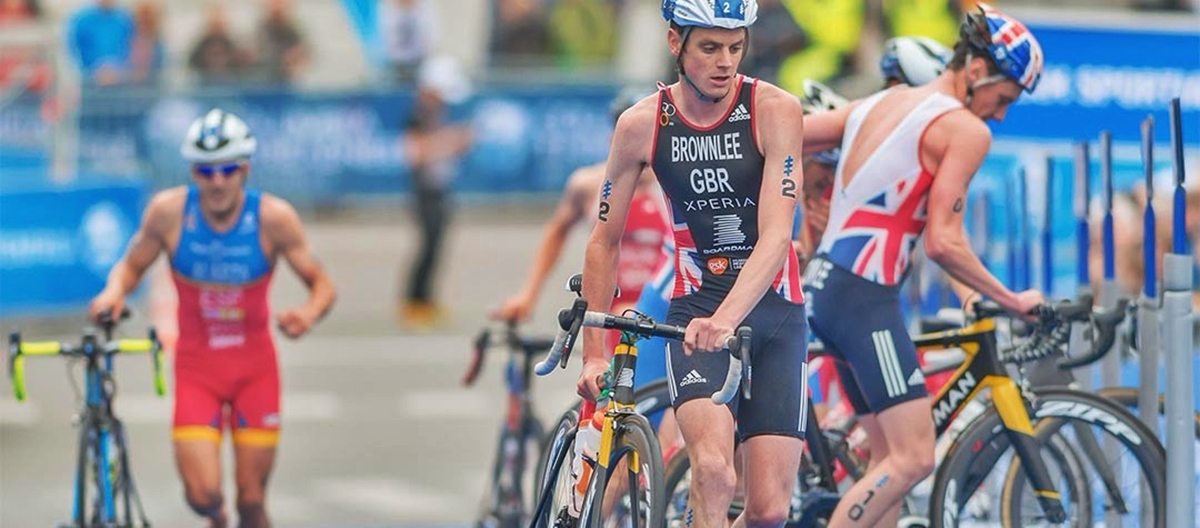

Featured
What To Bring To A Triathlon
Modified: August 19, 2023
Find out the essential items to pack for a triathlon with this featured guide. Don't forget any important gear for your next race!
Introduction
Preparing for a triathlon can be both exciting and overwhelming. As one of the most physically demanding sports, it’s crucial to ensure that you have all the necessary gear and equipment to perform your best on race day. Whether you’re a seasoned triathlete or a beginner taking on your first challenge, having the right items at your disposal can make a significant difference in your performance and overall experience.
In this article, we will explore the essential gear you should bring to a triathlon. From the swim to the bike and the run, we will cover everything you need to excel in each leg of the race. Additionally, we will discuss nutrition and hydration essentials, as well as items to consider for the transition area.
Remember, every triathlete is unique, and what works for one person may not work for another. Use this guide as a starting point and adapt it to your personal needs and preferences.
So, let’s dive in and discover what items you should have in your triathlon gear bag to conquer the race with confidence and ease.
Essential Gear for the Swim
The swim leg of a triathlon sets the tone for the entire race. Having the right gear can help you feel comfortable and perform at your best in the water. Here are some essential items to include in your swim gear:
- Swimsuit or wetsuit: Depending on the water temperature, you may need either a swimsuit or a wetsuit. Opt for a sleek and snug-fitting swimsuit that allows freedom of movement or a wetsuit that provides insulation and buoyancy.
- Goggles: A good pair of goggles is essential for clear vision in the water. Look for goggles with anti-fog lenses and a comfortable fit that doesn’t leak.
- Swim cap: Wearing a swim cap can help reduce drag and keep your hair out of your face. Choose a cap that fits snugly and is made of comfortable, waterproof material.
- Earplugs and nose clips: If you’re prone to ear or nasal discomfort, consider using earplugs and nose clips to prevent water from entering these sensitive areas.
- Timing chip: Most triathlons provide timing chips that attach to your ankle or wrist. Make sure to secure it properly to ensure accurate tracking of your swim time.
Additionally, it’s crucial to practice open water swimming before race day. Familiarize yourself with swimming in natural bodies of water and practice sighting techniques to navigate properly.
Remember, each triathlon may have specific rules and regulations regarding swim gear. Always check the race guidelines to ensure you comply with any swim-related requirements.
Now that you have your swim gear sorted, let’s move on to the next section, where we’ll discuss the must-have equipment for the bike leg of the triathlon.
Must-Have Equipment for the Bike
The bike leg of a triathlon requires not only physical strength but also the right equipment to maximize your performance. Here are the must-have items for the bike leg of the race:
- Bicycle: A well-maintained road or triathlon bike is essential for the bike leg. Choose a bike that fits you properly and suits your riding style and comfort preferences.
- Helmet: Safety should always be a priority. Invest in a high-quality, properly fitting helmet that meets safety standards to protect your head in the event of an accident.
- Bike shoes: Cycling-specific shoes with a stiff sole and appropriate cleats are essential for maximizing power transfer and efficiency while pedaling.
- Pedals: Clipless pedals paired with compatible bike shoes allow you to fully engage your leg muscles and pedal more effectively.
- Saddle bag or bike pouch: A small bag attached to your bike can hold essential tools, spare tubes, tire levers, and a mini bike pump for any necessary repairs or adjustments during the race.
- Water bottle(s) and cages: Staying hydrated during the ride is crucial. Attach one or more water bottle cages to your bike frame to hold your water bottles securely.
- Cycling clothing: Opt for moisture-wicking and breathable cycling shorts, jerseys, and socks to keep you comfortable and cool throughout the bike leg.
- Sunglasses: Protect your eyes from the sun, wind, and debris by wearing sunglasses specifically designed for cycling.
Before the race, ensure that your bike is in optimal condition by getting it professionally serviced. This includes checking tire pressure, brakes, gears, and ensuring that all components are properly tightened.
Remember to practice cycling in different terrains and conditions to improve your comfort and handling skills on the bike. Safety is key, so familiarize yourself with the race rules regarding drafting, signaling, and passing other cyclists.
Now that you have your bike equipment sorted, let’s move on to the next section, where we’ll discuss the necessary items for the run leg of the triathlon.
Necessary Items for the Run
The run leg of a triathlon requires mental endurance and proper gear to keep you comfortable and performing at your best. Here are the necessary items to include for the run:
- Running shoes: Invest in a good pair of running shoes that provide proper support, cushioning, and a comfortable fit. Make sure to break them in before race day to avoid discomfort or blisters.
- Moisture-wicking clothing: Opt for lightweight, breathable, and moisture-wicking running apparel to keep you cool and dry during the run leg. Consider wearing a race number belt to ensure easy visibility without attaching it to your shirt.
- Running socks: Choose socks specifically designed for running to prevent blisters and provide extra cushioning and support.
- Sports watch or GPS: Monitor your pace and track your run with a sports watch or a GPS device. This will help you stay on target and adjust your speed accordingly.
- Hat or visor: Protect yourself from the sun and keep sweat out of your eyes by wearing a hat or visor.
- Sunscreen: Apply sunscreen before the race to protect your skin from harmful UV rays.
- Energy gels or snacks: Carry energy gels or snacks in a small waist belt or pocket to replenish your energy during the run.
To enhance your running performance, train on different terrains and practice maintaining a steady pace. Incorporate interval training, hill runs, and long-distance runs into your training regimen to build endurance.
Remember to listen to your body and adjust your pace as needed during the run leg. Stay motivated and focused on reaching the finish line strong and with a sense of accomplishment.
Now that you have your run essentials covered, let’s move on to the next section, where we’ll discuss the nutrition and hydration essentials for a successful triathlon.
Nutrition and Hydration Essentials
Nutrition and hydration play a crucial role in fueling your body and sustaining your energy levels throughout a triathlon. Properly fueling and hydrating yourself can significantly impact your performance on race day. Here are some nutrition and hydration essentials to consider:
- Water bottle(s): Have a reliable water bottle or hydration system that you can carry with you throughout the race. Stay hydrated by drinking small sips of water at regular intervals.
- Electrolyte drink: In addition to water, replenish your electrolyte levels by carrying an electrolyte drink or tablets. These can help replace essential minerals lost through sweat.
- Energy gels or chews: Pack a few energy gels or chews to consume during the race. These concentrated sources of carbohydrates provide a quick fuel boost when needed.
- Snacks: Consider carrying easily digestible snacks such as energy bars, bananas, or trail mix for sustained energy throughout the race.
- Salt tablets: If you’re prone to cramping or participating in a longer triathlon, consider taking salt tablets to replenish sodium levels and prevent muscle cramps.
It’s important to practice your nutrition and hydration strategy during your training sessions to determine what works best for you. Experiment with different types and quantities of food and fluids to find the optimal balance that keeps you feeling energized and hydrated without causing digestive discomfort.
Lastly, follow your race’s nutrition guidelines and use aid stations strategically to gather additional hydration and nutrition if needed. Use these opportunities to refuel and stay on track.
Now that we’ve covered the nutrition and hydration essentials, let’s move on to the next section, where we’ll discuss the necessary items for the transition area of the race.
Transition Area Necessities
The transition area is the space between different legs of a triathlon where you switch gear and get ready for the next discipline. It’s essential to have the necessary items to ensure a smooth and efficient transition. Here are the transition area necessities:
- Transition mat or towel: Place a mat or towel on the ground to mark your transition area and provide a clean surface to change gear.
- Extra set of clothes: Prepare a set of clothes, including a fresh top, shorts, socks, and shoes for each leg of the race, neatly arranged for a quick change.
- Plastic bags: Bring some plastic bags to store wet or dirty gear during the race.
- Lubricant: Apply lubricant such as petroleum jelly to prevent chafing and blisters during the race.
- Towel or wipes: Have a towel or wipes on hand to dry off after the swim or wipe away dirt and sweat.
- Sunglasses and hat: If you didn’t wear them during the other legs, have your sunglasses and hat ready to protect yourself from the sun.
- Race belt: Attach your race number to a race belt for easy and quick transition between legs of the triathlon.
- Comfort items: Consider including any items that will make you more comfortable during the race, such as a spare set of earplugs or extra sunscreen.
Organize your transition area in a way that allows for a seamless transition between disciplines. Practice setting up and transitioning in your training to optimize your efficiency on race day.
Remember, a well-organized and efficient transition can save you valuable time and energy. Familiarize yourself with the transition area layout before the race and visualize your transition plan to minimize any confusion or stress during the event.
Now that we’ve covered the transition area necessities, let’s move on to the last section of this article, where we’ll discuss some miscellaneous items to consider for a successful triathlon.
Miscellaneous Items to Consider
In addition to the essential gear and equipment, there are a few miscellaneous items that can enhance your triathlon experience and help you be better prepared. Here are some miscellaneous items to consider:
- Safety pins: Carry some safety pins for attaching your race number if you don’t opt for a race belt.
- First aid kit: Pack a small first aid kit with band-aids, antiseptic wipes, and any necessary medications for minor injuries or discomfort.
- Pain relief: Consider bringing pain relief items such as ibuprofen or muscle rub to alleviate any soreness or pain during or after the race.
- Cash or card: Have some cash or a credit card on hand for emergencies or to purchase any additional items you may need during the race.
- Portable phone charger: To ensure your phone doesn’t run out of battery, consider bringing a portable phone charger to keep it charged for post-race communication or emergency purposes.
- Extra goggles or swim cap: It’s always a good idea to have an extra pair of goggles or swim cap in case they get damaged or lost before the race.
- Trash bag: Bring a trash bag to collect your garbage and keep the transition area clean.
- Warm clothes: Depending on the weather conditions, bring warm clothes to wear after the race to avoid post-race chills.
While these items may seem small or insignificant, they can make a big difference in your overall comfort, safety, and convenience during the race.
Remember, proper preparation and attention to detail can greatly contribute to your triathlon experience. Double-check your gear bag before leaving for the race to ensure you have all the necessary items packed and ready to go.
Now that we’ve covered the miscellaneous items to consider, you’re fully equipped to take on your triathlon with confidence and ease!
Conclusion
Congratulations! You are now equipped with the knowledge of the essential gear and equipment needed for a successful triathlon. From the swim to the bike and the run, each leg requires specific items to enhance your performance and overall experience.
Remember, this guide serves as a starting point. Customize your gear bag based on your personal preferences, race conditions, and individual needs. Practice using your gear during training sessions to ensure comfort and familiarity on race day.
Efficient transitions, proper nutrition and hydration, and careful planning of your race strategy are key factors that can greatly impact your performance. Pay attention to the details, familiarize yourself with race regulations, and practice your transitions to save valuable time.
Lastly, enjoy the journey! Triathlons are a true test of endurance, mental strength, and skill. Embrace the challenge, celebrate your achievements, and remember to have fun along the way.
Now, go out there and conquer that triathlon with confidence and determination. Good luck!

